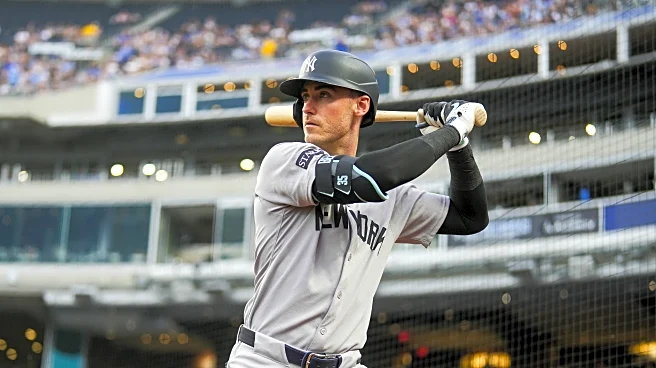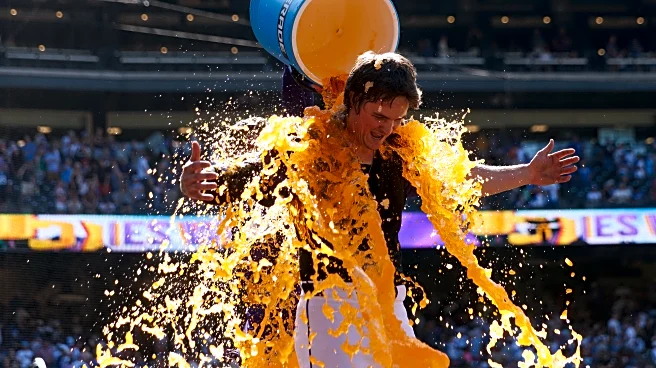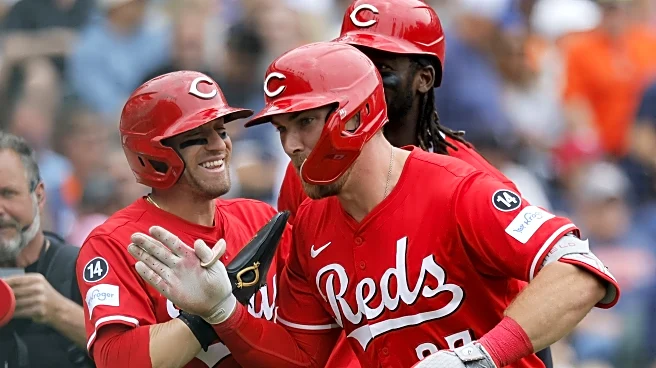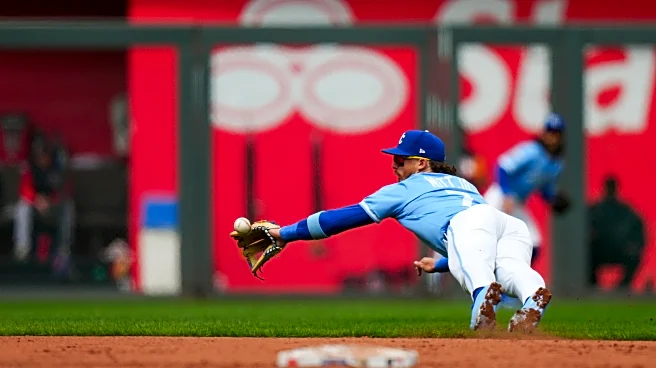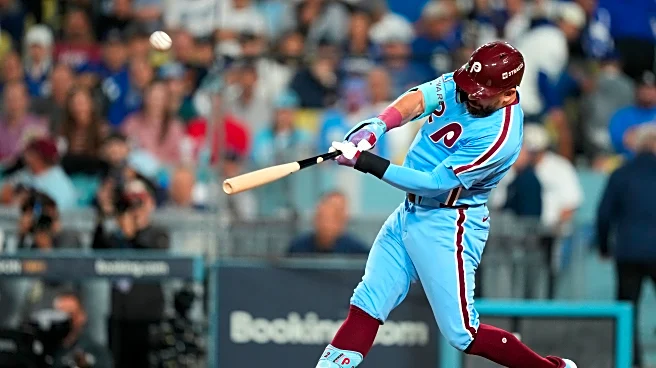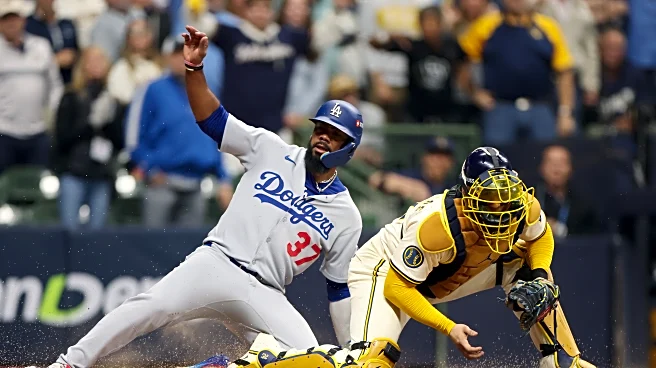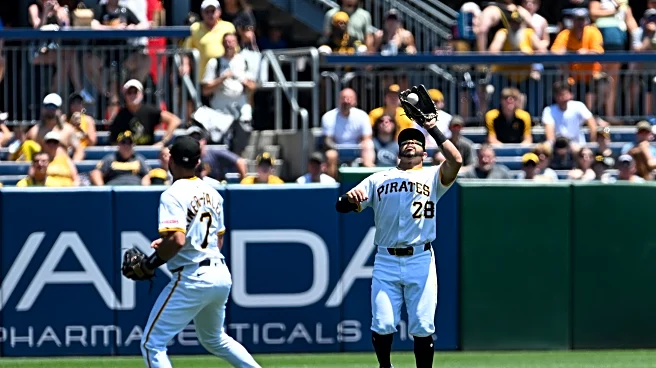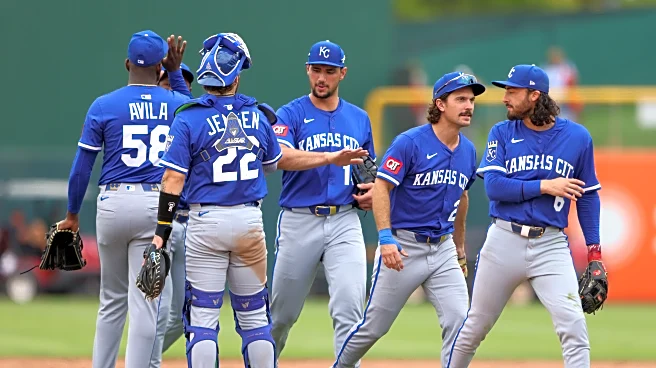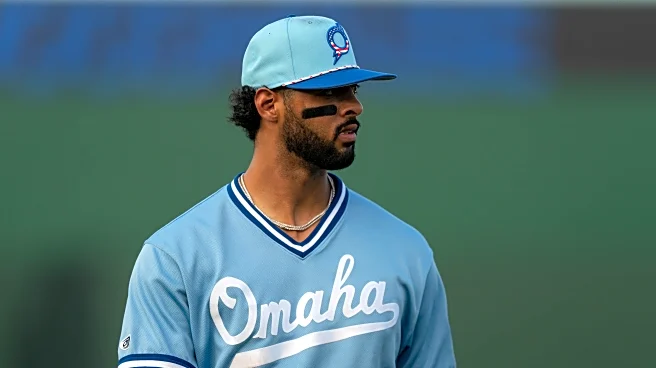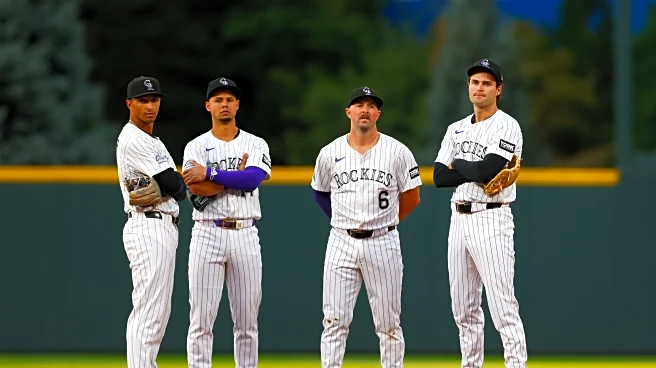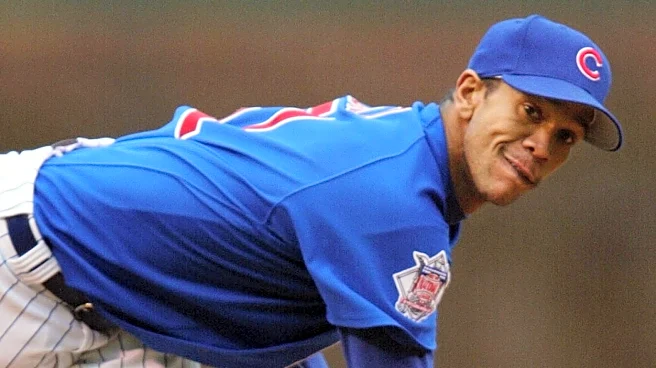Fresh off a playoff appearance last fall, the Royals went into the offseason with high hopes that they were a few moves away from having a team that could make a serious run. The offense had struggled
in September following the injury to Vinnie Pasquantino, exposing a lack of depth in the lineup. Last year’s outfield had the fourth-worst wRC+ in baseball, and was in serious of need of upgrades.
The Royals did trade for a leadoff hitter, acquiring second baseman Jonathan India from the Reds for starting pitcher Brady Singer. But when the outfield free agent market looked overheated, the Royals balked at prices for Anthony Santander and Jurickson Profar and pivoted, instead signing All-Star reliever Carlos Estévez to a two-year deal.
The Estévez signing proved to be terrific – he was an All-Star and led of baseball in saves. But the inaction to upgrade the outfield left a gaping hole in the lineup that was not addressed until mid-season, when the acquisitions of Adam Frazier, Mike Yastrzemski, and Randal Grichuk stabilized the offense. Royals outfielders finished with the worst wRC+ in baseball this year, and the team fell short of a playoff spot.
Looking back with the clarity of hindsight, what would have been the right moves? The purpose of retrospection is not necessarily judgment, but guidance for future decision-making. What can we learn about last year’s off-season?
Here is how last year’s outfield class fared in 2025. I omitted Juan Soto because the Royals were not going to realistically sign him.

Joc Pederson, Jesse Winker, and Andrew McCutchen were also free agents, but all were pretty much just designated hitters this past season, and none of them had a league-average offensively.
The Royals really dodged a bullet not signing Santander. He missed four months with a shoulder injury, and while he could still return next year to hit, he seems unlikely to live up to his contract. Of his 44 home runs last year, just 27 would have been out at Kauffman Stadium. To sign him, the Royals would have had to not only top the Blue Jays’ offer but also forfeit their second-round pick in 2025, a pick they used to select pitcher Michael Lombardi.
Teoscar Hernández turned down a two-year offer from the Mets for a similar annual salary to stay with the Dodgers. The Royals likely would have had to overpay to land the slugger, plus he would have also required forfeiting that draft pick. Hernández hit 25 home runs, but posted a career-worst .284 on-base percentage that would have fit right in the Royals’ lineup.
Tyler O’Neill was a known injury risk going into this season, and he lived up to that billing this season by missing time with neck inflammation, a left shoulder impingement, and right wrist injury. The 30-year-old has big power, but has only played more than 100 games in a season twice in his career. The Orioles gave him an opt out, so had he hit he could be a free agent again this winter, but with his injury-filled season he’s likely to stay in his contract.
The Royals also reportedly had interest in Jurickson Profar, who would not have required forfeiting a draft pick. But he did miss the first 80 games of the year due to a PED suspension, limiting his value. He did hit rather well upon his return, and his .353 on-base percentage would have helped set the table. He was especially hot in August, which could have helped a Royals team trying to get back in the race. Still, the last two years of that deal may end up hurting as his recent performance seems rather fluky.
Michael Conforto has not hit for the same power he did before his shoulder injury that cost him the entire 2022 season. He signed a one-year “make-good” contract with the Dodgers, but did not make good, and is not even on their NLCS roster. Max Kepler hit 18 home runs, but was replacement-level and unplayable against lefties. The Royals ended up acquiring Grichuk midseason as a lefty masher. Alex Verdugo got off to a good start, causing some teams to kick themselves for missing out on such a bargain. But he quickly stunk, hitting .209/.267/.242 after May 1, and he was released in July.
Of the other one-year deals, there were a few good finds. Harrison Bader bounced back from back-t0-back dreadful seasons to put up a career-best 4.2 rWAR. Ramón Laureano tied a career high with 24 home runs and posted his best OPS+ at 134. Tommy Pham had a .330 on-base percentage and was a Gold Glove finalist. Austin Hays and Mike Tauchman were both above-average hitters, although both battled injuries with multiple stints on the Injured List for each.
What about trades? Only a few outfielders were dealt in the off-season – Kyle Tucker, Cody Bellinger, Gavin Lux, and Jose Siri. The Royals really didn’t have the assets to trade for one year of Kyle Tucker. He was traded for Cam Smith, Isaac Paredes, and Hayden Wesneski.
Cody Bellinger is one of the most enigmatic players in baseball. The 2019 NL MVP was dreadful in 2021-22, then bounced back to finish tenth in MVP voting in 2023. In 2024, he had a 111 OPS+ with the Cubs, hitting 18 home runs. But they wanted to move on to Pete Crow-Armstrong, so they were willing to move him for basically nothing, so long as someone would take on his contract, a deal with potentially over $50 million remaining over two years. The Yankees were willing to take him on, giving up a nominal pitcher (former Royals reliever Cody Poteet), and taking on all but $5 million of the contract. Bellinger responded by hitting .272/.334/.480 with 29 home runs, and was a 5 WAR player for them in the outfield. He will likely opt out of his deal to test the market this offseason.
Jose Siri was acquired for reliever Eric Orze, a pretty light price for a solid defensive centerfielder with 20-25 home run power with several years of control left. But he also hit .187 in 2024 and generally strikes out a ton. He was hurt virtually the entire season, playing in just 16 games.
The Reds shipped out Jonathan India, but acquired another middle infielder from the Dodgers, Gavin Lux. Like India, Lux is terrific at getting on base, has little power, and is a free agent after 2026. Lux hit .269/.350/.374 with five home runs in 140 games, but was below replacement level due to terrible defense as they moved him to the outfield. The Reds gave up Mike Sirota, an A-ball prospect who is now ranked #5 in the Dodgers’ farm system, which could make this a really terrible trade for Cincinnati.
Nolan Jones was drafted by Cleveland, but was traded to Colorado, where he finished fourth in Rookie of the Year voting in 2023. He slumped his sophomore season, so the Guardians reacquired him this year for utility player Tyler Freeman. His struggles continued, and he hit just 2.11/.296/.304 and was below replacement level.
In hindsight, trading for Bellinger would have been the right move, although the financial cost made such a move fraught with risk and would have prevented the Royals from signing Estévez. The one-year deals for players like Bader or Laureano probably made more sense. The Royals could have also brought in a Mike Tauchman to platoon with Hunter Renfroe or Austin Hays to platoon with MJ Melendez.
What lessons can be learned going into this offseason? The free agent market carries a significant amount of risk, particularly for expensive multi-year deals. The one-year market provides greater flexibility and seems to be a better bargain. Laureano was going into his age-30 season, Bader into his age-31 season, which put them in a good position to have a bounce-back season.
In trades, taking on money isn’t a bad idea if the commitment is short. Had the Royals acquired Bellinger and he stunk, at the very worst, they would owe him $22.5 million in 2026 (the Cubs would pick up the other $2.5 million of his salary) and be done with him. That kind of risk is worth taking when you’re in a window of contention.
